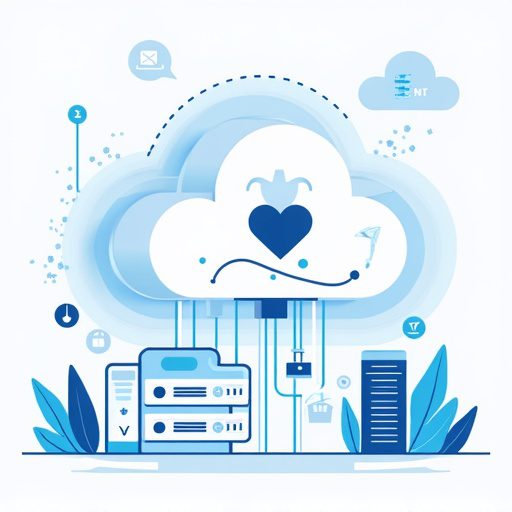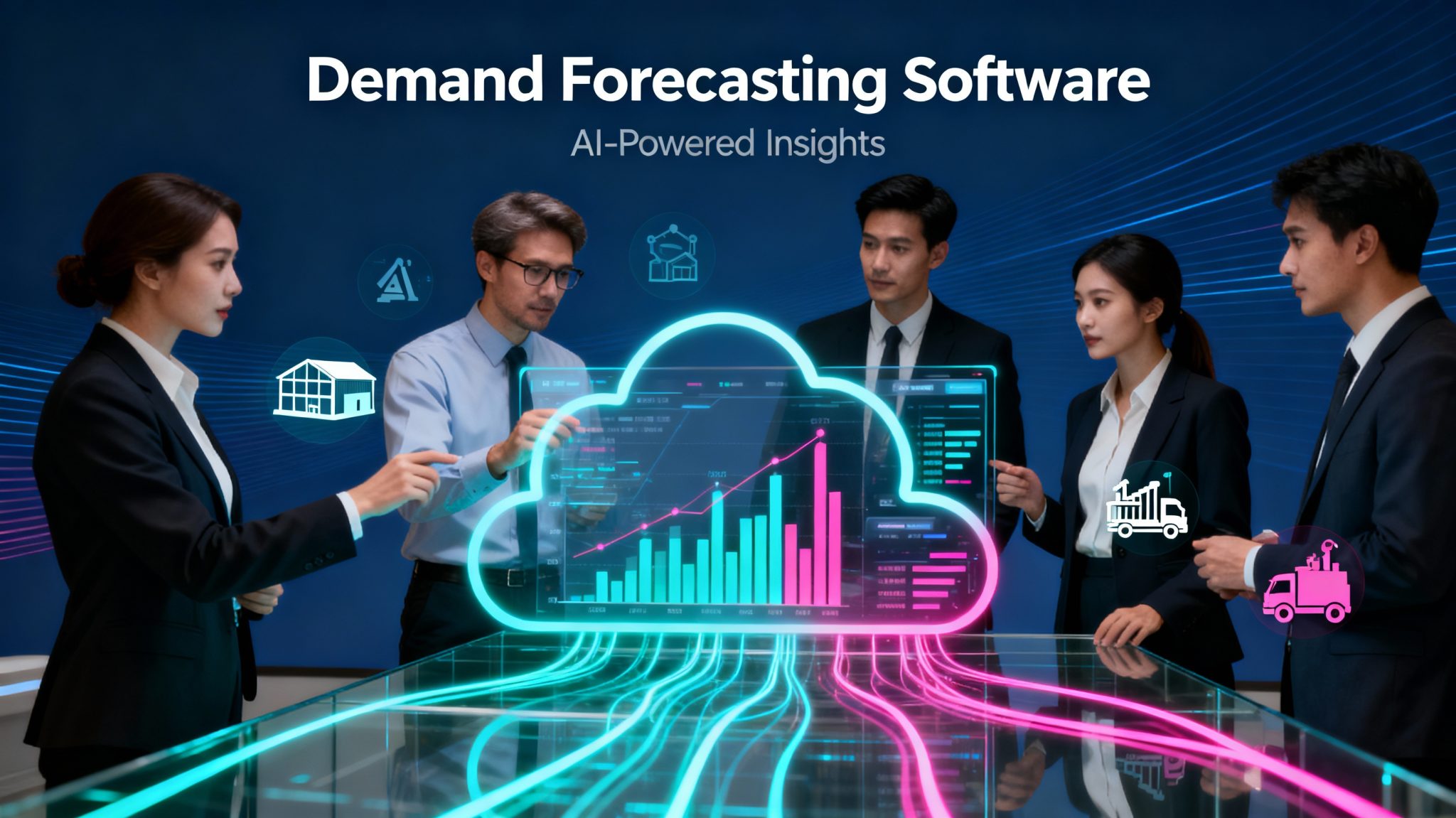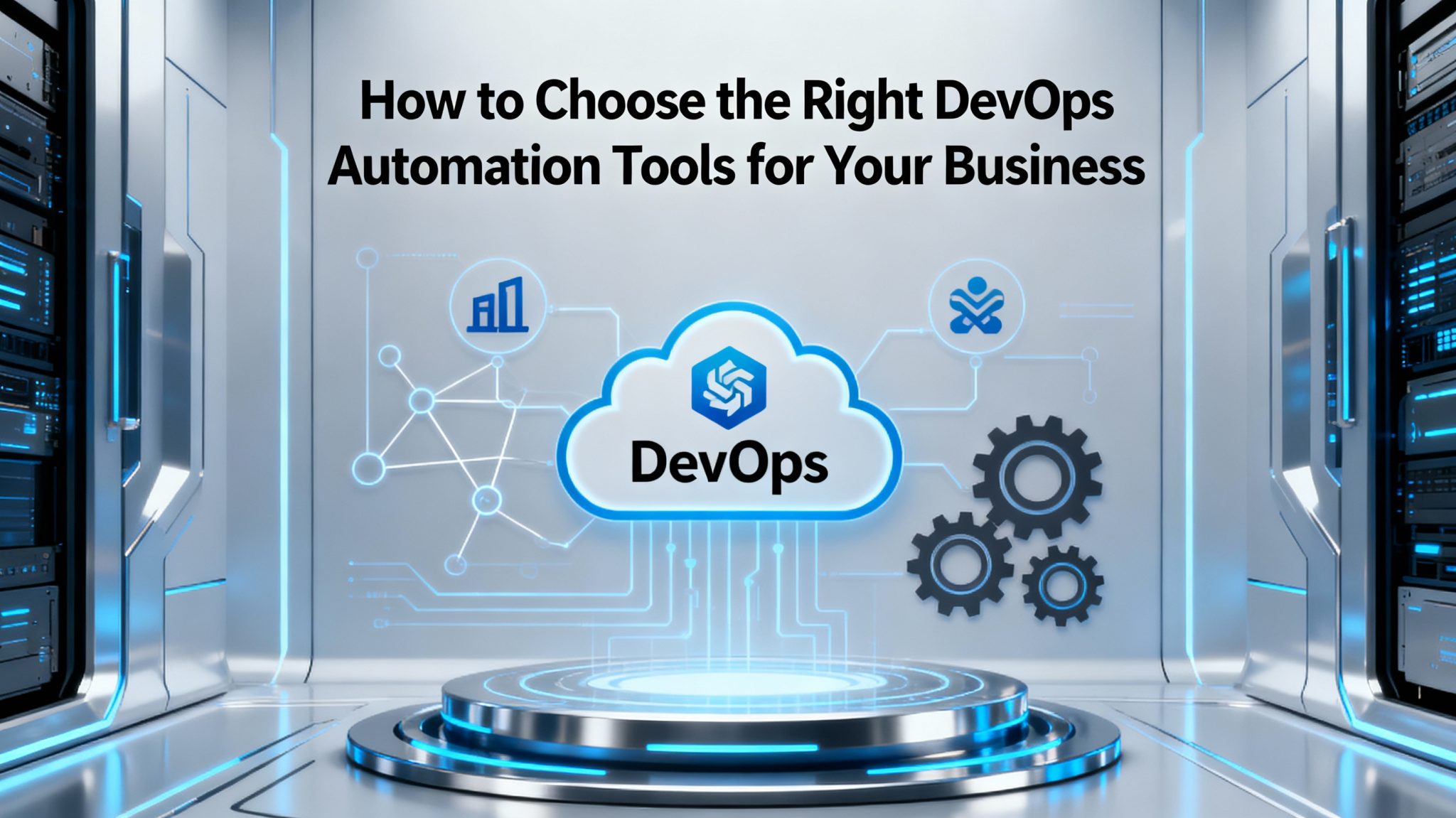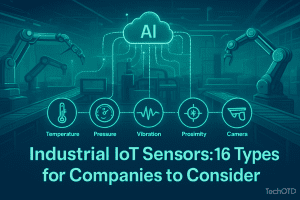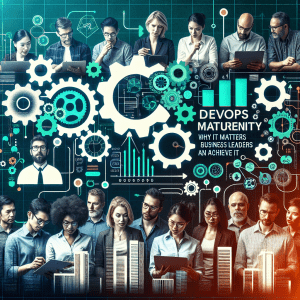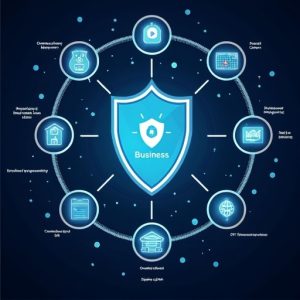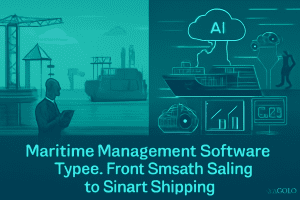Introduction
The intersection of cloud infrastructure and DevOps is revolutionizing how healthcare applications are built, deployed, and maintained, making healthcare systems more agile, compliant, and patient-centered. These advances empower providers to store vast amounts of sensitive data securely, deliver real-time services to patients worldwide, and quickly innovate in response to emerging needs and regulatory guidelines.
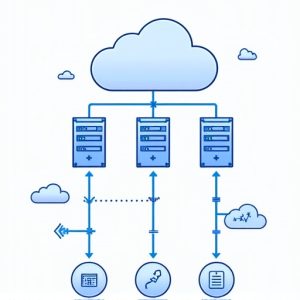
Explore how AI-powered healthcare applications are transforming patient experiences and operations—see more on cloud-based AI services and their integration journey.
The Role of Cloud Infrastructure in Healthcare Apps
Scalability and Flexibility
Cloud platforms such as AWS, Azure, and Google Cloud enable healthcare organizations to scale resources up or down dynamically, adapting to fluctuating workloads, seasonal spikes, or pandemic-driven surges in demand. This elasticity is essential for electronic health records (EHR), big data analytics, telemedicine, and remote monitoring applications.
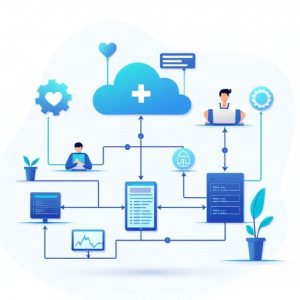
-
Multicloud and hybrid architectures are gaining traction, allowing seamless integration to meet stringent compliance needs and local storage guidelines.
-
Private clouds cater to high-security environments such as large hospitals and research institutions, while public clouds efficiently handle analytics, appointments, and remote care.
For a detailed breakdown of cloud-driven innovation in healthcare, visit TechOTD’s main blog.
Secure Data Storage and Compliance
Sensitive medical data demands the highest levels of security and compliance. Cloud vendors offer HIPAA- and GDPR-compliant solutions that maintain data privacy, encryption, and integrity.
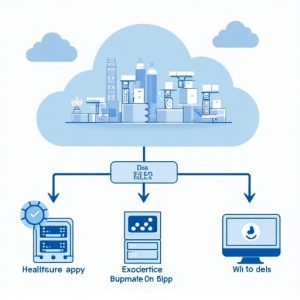
-
End-to-end encryption, auditing, and identity management are embedded in modern cloud services.
-
Automated backups and disaster recovery protocols minimize downtime and data loss.
To understand how TechOTD addresses privacy and compliance in healthcare, see the Privacy & Cookies policy.
Accelerating Digital Health with AI and Analytics
Cloud infrastructure empowers healthcare organizations to leverage advanced AI, machine learning, and predictive analytics. Key applications include:
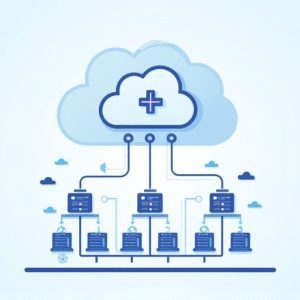
-
Standardizing precision diagnostics with massive image datasets,
-
Predicting patient risks using trend analysis and real-time telemetry,
-
Automating administrative documentation with NLP engines.
Discover feature-rich use cases in predictive analytics on TechOTD’s dedicated analytics page.
Enabling Telehealth and Remote Patient Monitoring
The adoption of telemedicine surged during the COVID-19 pandemic, with cloud platforms facilitating:
-
Real-time video consultations,
-
Remote patient monitoring using IoT wearables,
-
Synchronous data sharing among care teams.
Integration details for mobile healthcare solutions are documented in TechOTD’s mobile app services section.
DevOps: The Engine of Continuous Healthcare Innovation
What Is DevOps in Healthcare?
DevOps combines software development (Dev) and IT operations (Ops) to foster automation, collaboration, and rapid deployments. In healthcare, this approach:
-
Shortens application release cycles,
-
Ensures continuous integration and delivery (CI/CD),
-
Facilitates ongoing feedback and quality improvements.
Explore practical examples of workflow optimization on the TechOTD blog.
Key Benefits of DevOps for Healthcare
Faster Time to Market
-
Automates deployments, enabling rapid roll-out of new features and critical patches.
-
Provides a competitive edge in launching telehealth and AI-driven apps.
Improved Patient Outcomes
-
Supports continuous monitoring and rapid issue resolution, which enhances clinical reliability and patient trust.
-
Real-time data analytics drive timely decisions at the point of care.
Security and Compliance
-
Implements DevSecOps to integrate security into every phase of the application lifecycle.
-
Ensures adherence to sector-specific regulations (HIPAA, GDPR, etc.) using automated compliance checks.
See TechOTD’s structured approach to secure software on their How We Work page.
Cost and Resource Efficiency
-
Applies Infrastructure as Code (IaC) principles, minimizing manual tasks and human error.
-
Optimizes cloud spend by enabling demand-driven resource allocation.
Case studies on cost savings and operational improvements can be found in TechOTD’s blog industry section.
AI and Predictive Analytics Support
-
Maintains stable environments for AI/ML-powered healthcare applications.
-
Accelerates the development of smart diagnostics, triaging, and personalized medicine.
For examples of large language models in regulated sectors, see LLMs in Finance.
Implementing Cloud and DevOps for Healthcare Apps: A Step-by-Step Roadmap
1. Assess Business Needs and Regulatory Requirements
-
Conduct a deep analysis of the existing tech ecosystem and compliance landscape.
-
Evaluate suitability for cloud migration and DevOps adoption.
Explore a real-world blueprint on TechOTD’s services overview.
2. Data Strategy and Cloud Architecture Selection
-
Identify sensitive and non-sensitive datasets.
-
Choose optimal cloud deployment models: public, private, hybrid, or multicloud.
3. Develop Secure, Scalable Applications Using DevOps Practices
-
Implement CI/CD pipelines for all healthcare modules: EHRs, billing, telemedicine, and connected health IoT solutions.
-
Automate testing, code reviews, and compliance checks to guarantee quality and security.
4. Integrate AI, Analytics, and Automation
-
Leverage cloud APIs and frameworks for real-time analytics, predictive insights, and automated workflows.
-
Explore how AI supports preventive care and operational efficiency in TechOTD’s AI service models.
5. Continuous Monitoring, Maintenance, and Support
-
Use cloud-based monitoring tools (e.g., Grafana, Azure Monitor) for uptime, performance, and security event tracking.
-
Establish mechanisms for ongoing maintenance, data retraining, and customer support.
For workflow strategies, check out customer journey mapping with AI.
Emerging Trends and Future Directions
AI-Powered Healthcare and Predictive Care
-
Increasing adoption of generative AI, chatbots for patient triage, and risk stratification tools.
-
Integration of real-time wearable IoT data with cloud-hosted analytics engines.
Get a comprehensive review of technology trends in healthcare and beyond at TechOTD’s blog.
Blockchain Integration for Secure Health Data
-
Blockchain ensures transparent, immutable transaction logging, critical for audit trails in clinical trials, medication administration, and consent management.
Find an in-depth analysis at TechOTD’s blockchain blog post.
Regulatory Evolution and Interoperability
-
Ongoing standards development for seamless data exchange (HL7 FHIR, DICOM) and international interoperability.
-
Enhanced focus on privacy-preserving machine learning and federated learning architectures.
Challenges in Cloud and DevOps Adoption
-
Legacy systems and data silos limiting seamless migration.
-
Addressing complex multi-region compliance and data residency requirements.
-
Upfront investments in talent, training, and DevOps/Cloud tooling.
Best practices, pitfalls, and CRM integration insights can be found at TechOTD’s mobile app frameworks guide.
Conclusion: Cloud and DevOps as Healthcare’s Innovation Backbone
The synergy of cloud infrastructure and DevOps is shaping a future where healthcare is more agile, resilient, and patient-focused than ever before. With ongoing advancements in AI, predictive analytics, and compliance automation, healthcare providers are set to deliver faster, more effective, and more personalized care.
For more guidance, industry news, and in-depth resources, visit:
